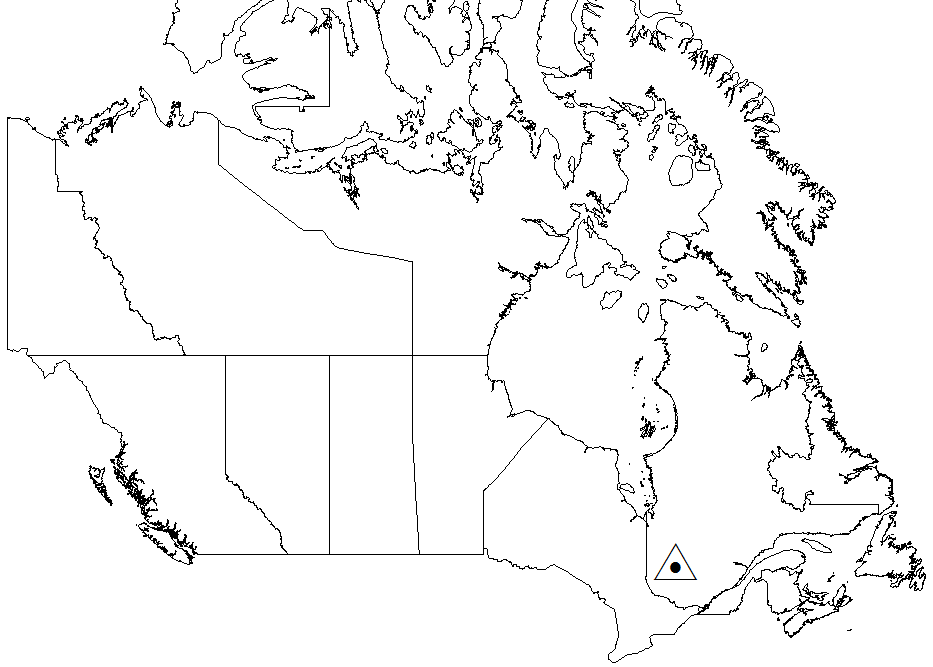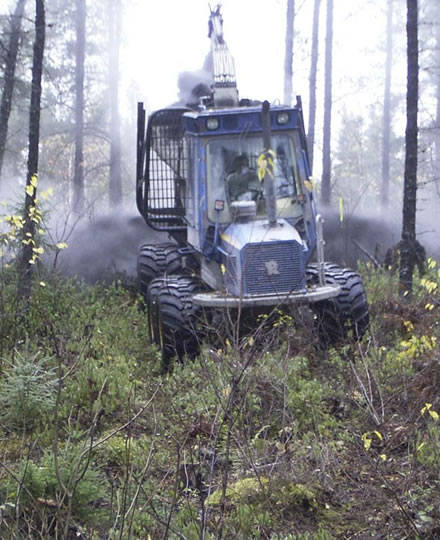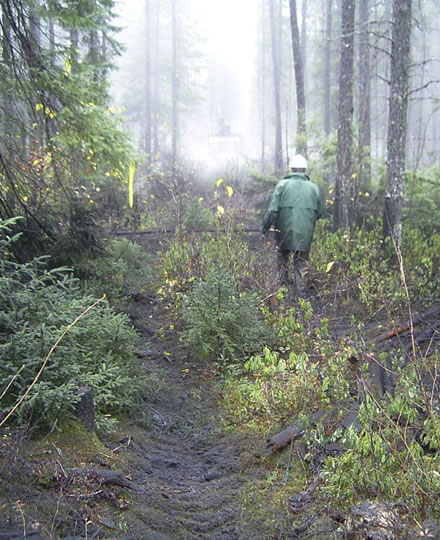Senneterre 1 wood ash trial

Location
Northwest Quebec
Ecozone: Boreal Shield
Elevation: 300 to 350 m
Climate
1981 to 2010 monthly climate point estimates generated from the Natural Resources Canada climate modeling project.
Mean annual precipitation: 992 mm
Mean minimum temperature in January: −24.1°C
Mean maximum temperature in July: 22.5°C
Site description
Before the experiment, the site supported a jack pine (Pinus banksiana Lamb.) stand that was approximately 53 years old and had regenerated after wildfire. The stand had been commercially thinned in 1999. The soils developed from glacial till material and have a sandy to loamy sand texture. They are Eluviated Dystric Brunisols with a 10- to 15-cm forest floor layer that consists primarily of feathermoss.
Ash description
The ash used in the Senneterre 1 wood ash trial was produced in a thermal power production biomass boiler. The ash feedstock was predominantly softwood bark and shavings. Only fly ash was used for the experiment, and the ash was not pretreated before application.

Wood ash being spread by a mechanical spreader at the Senneterre 1 wood ash trial.

Senneterre 1 wood ash trial plot with ash on the forest floor.
Treatment description
In the autumn of 2005, 10 ash and urea treatments were applied using an experimental design to look at both the individual and combined effects of ash applications and urea additions. Treatments included (1) 0 Mg ash per ha (control treatment), 1 Mg ash per ha, 2 Mg ash per ha, 4 Mg ash per ha, or 8 Mg ash per ha; and (2) 0 kg urea per ha or 280 kg urea per ha. The quantity of ash applied (Mg per ha) was calculated based on the dry weight of the ash, and the ash was applied to the soil surface using a mechanical spreader. Treatments were replicated 4 times when the experiment was set up.
Monitoring
This trial is no longer operational because the stand was harvested in 2013. Previous monitoring of treatment effects included:
- Trees
- Diameter
- Foliar nutrients
- Soil chemistry
- Acidity (pH)
- Total carbon and nitrogen
- Exchangeable cations
- Available phosphorus
- Nitrogen mineralization
Main contacts
Nicolas Bélanger, Professor, Department of Science and Technology, Université TÉLUQ
Suzanne Brais, Retired Professor, Université du Québec en Abitibi-Témiscamingue
Page details
- Date modified: